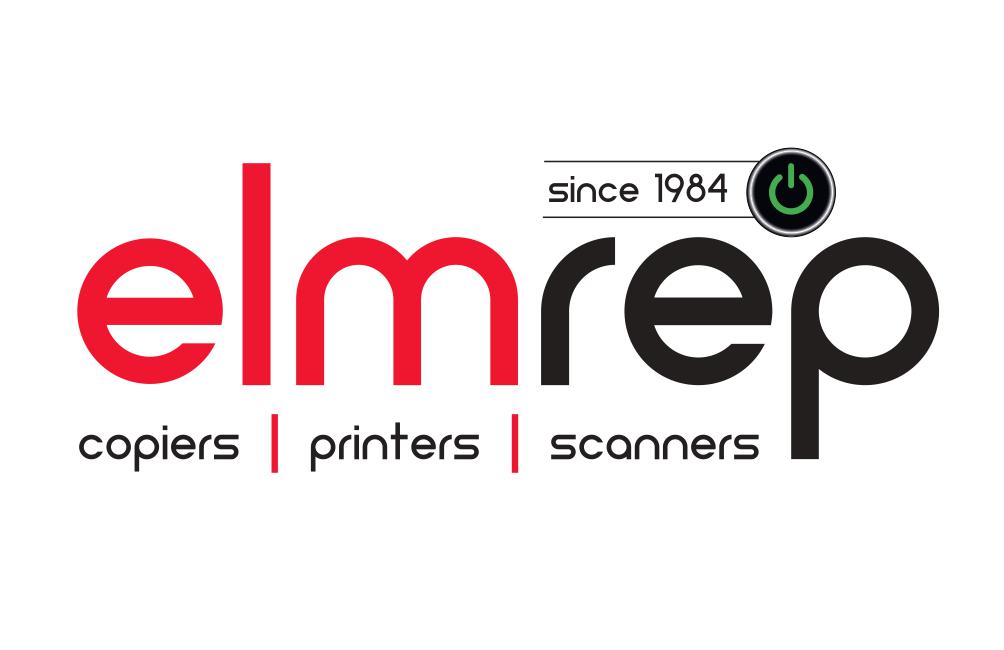We heard some brilliant speakers in Sustainability Week of C2S Leadership Month 2022. Some of you may have met me already, I’m Mel, Head of Marketing at C2S, and I’m here to pass on some of my learning about Sustainability & Net Zero taken from my time completing the Certificate of Future Technologies through the West of England Institute of Technology. We were kindly introduced to the Certificate by Gloucestershire College.
The certificate was developed in response to requests from West of England businesses to upskill and reskill staff following the pandemic. Participants were asked to select from a suite of 12 core and 8 specialist modules to customise their own personal ‘Certificate of Future Technologies’ to suit both their skills needs and career aspirations, with a minimum of 50 hours of learning and assessment.
From the modules I selected Fundamentals of Project Management with Provek, a HTML5 & CSS3 web design module at Gloucestershire College, Sustainability & Social Value at UWE, and how to achieve Net Zero with Yeovil College. Today, I’ll be focusing on the Sustainability & Net Zero aspects of the certificate for this article.
Sustainability and Social Value
Spending 2 days at the University of the West of England for their 2 day Leadership and Sustainability & Social Value short course was invaluable. The room was full of lively conversation around everything sustainability from Clean Governance, The psychology behind and how to influence Social Behaviour Changes, the circular economy, ethical supply chains, and reputation management. Throughout, we applied these to relevant examples of best and worst practice from a variety of sectors throughout the course.
We considered our own personal carbon footprints, developing the mindset of “If I don’t change, can I expect anyone else to do the same?”
Net Zero – How to Achieve it
In the Net Zero short course with Yeovil College, we looked more closely at the science of energy, where it comes from, the types of energy and how it impacts our lives etc. and considered methods for change. We looked at practical tips to reduce our carbon footprint, at home and in the office, some of it seems pretty straightforward, but not always possible in every office
Be Better!
We can all be better at home, or in the office, and I’ve certainly had a shock to the system just how much energy, and emissions I create alone. From a personal level, I have made commitments for personal change. I was shocked to see how high mine was – surprisingly not from my car-obsession (I am a fierce petrol-head), 51% of my footprint was due to my own home, and the way I live, items I order etc.
Translating this into the workplace is surprisingly easy, here’s some simple, but top tips from me to you!
Catch up, read more, and consider other ideas on Sustainability matters from Leadership Month 2022 here: https://www.circle2success.com/leadership-month-2022-sustainability-overview/
There are always the usual suspects to consider:
- Turn lights off when not in use (or use motion sensors to do this for you!);
- Switch electronics off at the wall when not in use;
- Boil only the water you need for the hot-drinks your making;
- Consider your use of air conditioning, open windows etc.
- Consider your food waste, and what you can/can’t recycle. Did you know you can recycle soft plastics in specific areas, including crisp packets & bread bags! Find Recycling centres here, you might be surprised what you can recycle: https://www.recyclenow.com/recycling-locator
- Grab a food waste bin and chuck those used tea bags in there, great to take home for your own compost;
- Print less! On average, each page generates 5g of emissions to manufacture, then add printer inks, printer, energy used to print etc. It soon adds up!
Working from home/hybrid working
Controversial in some workplaces, it cannot be denied working from home has had a fantastic impact on overall emissions levels, as well as some of your team’s work-life balance. According to Forbes, the average commuting time in the UK is 1 hour and 38 minutes. The average petrol car in the UK produces around 180g of CO2 per kilometre of driving, so you can see how quickly this adds up. In addition, home working saw levels of nitrogen dioxide fall by around 10%, and is maintained at an 8% drop since workplaces have reopened.
Video conferencing and meetings consume digital resources, however the research argues, the net impact is largely positive, with Zoom calls emitting just 0.6% of the carbon emissions generated on a typical commute, as above. A good argument to reserve travel and in-person meetings for the more crucial conversations. You can read the rest of the article on Forbes Website for more information: How Eco-Friendly is Remote Working
Please consider the environment before printing this email.
We are all too familiar with the above phrase, highlighted in green, found in small at the bottom of the signature. We all consider the environmental impact of printing an email, however have you considered the environmental impact of sending an email? Similar to direct mail, the carbon footprint of an email depends on the size of the message and how large the attachments are. However, as a guide, a standard email, one without an attachment, has a carbon footprint of 4gm of CO2e (carbon dioxide equivalent). The carbon footprint, can rise, or fall depending on length, attachments, etc. So what can do we do to improve this?
- Empty your Deleted items & Spam/Junk folders regularly.
- Turn off Notification emails from social networks, unless you really need them. Most are duplicate information from the website or app.
- Consider who you CC in an email, do they really need to see this email? Save colleagues from an unnecessary email and its carbon footprint.
- Compress email attachments and adopt lighter file formats, or provide a hyperlink to a file elsewhere to use even less energy.
- Reduce the size of your email signature, in case it is printed out.
My personal commitments to Sustainability and change are:
- Switch to a renewable energy supplier.
- Create less food waste (I’m not terrible at this, but I could improve!)
- Cycle to work when I can, it’s not always going to be possible if I need to travel further than the office on a given day, but I will give it my best shot!
- Research and hopefully implement some form of hydroponics system at home to develop a sustainable food source. It won’t negate the need for shop bought produce, but it’ll reduce it a little.
- Recycle more, especially difficult plastics, especially items e.g. crisp packets that aren’t currently widely recycled.
I can do better, can you?




